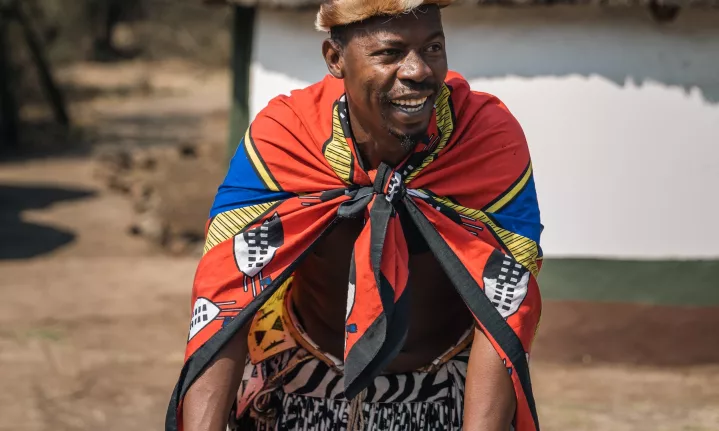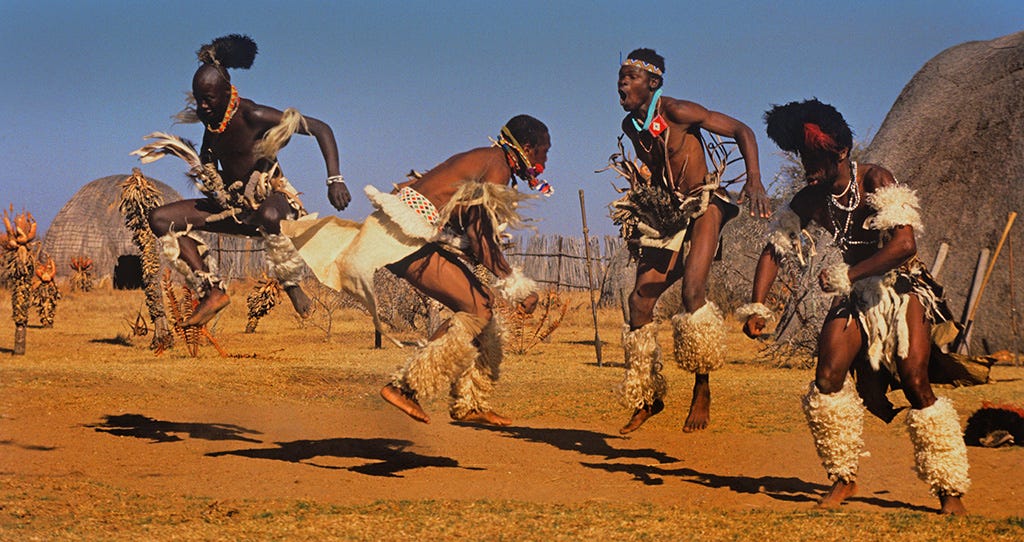Rumored Buzz on South African Culture Today
Table of ContentsThe Ultimate Guide To South African Culture TodayThe Greatest Guide To South African Culture TodayLittle Known Facts About South African Culture Today.The Buzz on South African Culture TodayThe Best Guide To South African Culture TodayThe South African Culture Today PDFs
An issue of value in Zambian towns is the passing away of enjoyed ones. All participants of the village put cash, time and effort with each other for the funeral of the deceased.Music and dancing is a really essential aspect of the Zambian culture. The various tribal devices have their own dancing types; nevertheless, makishi is typical amongst all people.
The smart Trick of South African Culture Today That Nobody is Talking About
When it pertains to music, drums are utilized one of the most, with a selection of drumming events. In Zambia, majority of individuals are Christian; Protestant and Roman Catholic. There are tiny teams of Muslims and Hindus, with the remainder following local indigenous tribal ideas.

South African heritage and culture is tremendously varied, and includes several groups of people that each have their very own customs and beliefs. Having such a variety of people and societies is what makes South Africa so special. In the true sense of the expression, we are a rainbow country.
Making it the 7th on the checklist of countries with the most Portuguese individuals in it outside of Portugal. Portuguese is not only a culture, yet it is also a language and a race. Portuguese people stem from the country of Portugal in Europe, nevertheless, due to Portugal (like lots of other nations in Europe) exploring the globe and dominating various other countries during the 15th 20th centuries, South Africa has what we call Portuguese South African's living in it.
The Single Strategy To Use For South African Culture Today
Among the popular functions of the topography is a plateau that covers almost two thirds of the facility of the nation. The plateau facility climbs towards the southeast, where it climaxes in the Drakensberg array, component of an escarpment that separates the plateau from the coastal locations. The Drakensburg consists of Champagne Castle, the highest possible top in the nation.
The area north of the Witwatersrand, called the bushveld, inclines downward from eastern to west towards the Limpopo River, which creates the worldwide boundary. The western area of the plateau, the middleveld, additionally comes down in the direction of the west and differs in altitude in between the highveld and bushveld. In between the Drakensburg and the eastern and southerly coast, the land comes down to the sea.
Nearer the shore there is a low-lying plain called the eastern lowveld. Southwest of the plateau the nation comes to be considerably more dry, providing way to the hostile desert of the Great Karroo, approached the eastern by the reduced, better watered plateau of the Little Karroo. Dividing the completely dry southerly interior from the sandy littoral of the southern shore and West Cape is an additional array, the Langeberg.
The Best Guide To South African Culture Today
The nation's racially, ethnically, and politically split history has actually created national and subnational icons that still additional resources work as signs of the country, and others icons that are accepted just by specific groups. The monuments to white settler occupation and political prominence, such as the Afrikaner Voortrekker ("pioneer") Monolith in Pretoria and the Rhodes Monument recognizing the British colonial empire contractor and Cape head of state Cecil Rhodes, stay sectarian signs.
The first modern-day residents were the San ("bushman") hunter-gatherers and the Khoi ("Hottentot") individuals, who rounded up animals (South African culture today). The San might have existed for countless years and left proof of their existence in hundreds of ancient cavern paintings ("rock art"). Bantu-speaking clans that were the ancestors of the Nguni (today's amaZulu, amaXhosa, amaSwazi, and vaTsonga individuals) and Tswana-Sotho language groups (today's Batswana and Southern and Northern Basotho) migrated below east Africa as early as the fifteenth century

Both former republics of the Orange Free State and Transvaal (South African best site Republic) were developed by Afrikaner settlers who defeated and dispossessed the Basotho and Batswana. Lesotho would have been by force incorporated into the Orange Free State without the extension of British protection in 1869. The supreme unification of the country arised from the South African War (18991902) between the British and both Afrikaner republics, which decreased the country to wreck at the start of the twentieth century.
Afrikaners traditionally considered themselves the just real South Africans and, while approving full citizenship to all citizens of European descent, rejected that condition to people of color till the autonomous change of 1994. British South Africans preserve a feeling of social and social connection to Great Britain without deteriorating their identity as South Africans.
Fascination About South African Culture Today
The variety and fragmentation within ethnic groups and the balance of tensions in between those groups throughout the twentieth century prevented interethnic civil problem. While intergroup tensions over sources, entitlements, and political dominance stay, those disputes are as likely to match Zulu versus Zulu as Zulu against Xhosa or African versus Afrikaner.
From colonial India, British merchants and administrators brought the bent steel ornamental roofing systems and slim lace work pillars that still epitomize the terraces of homes in towns and cities throughout the nation. Holy places contribute an important architectural facet also in the tiniest communities. Along with the rising steeples and classic stonework of Afrikaans Dutch Reformed churches, Anglican churches, synagogues, mosques, and Hindu temples give range to the spiritual architectural scene.

Butchering and the brewing internet of typical grain beer are important in securing the involvement and goodwill of the ancestors who are considered the guardians of great ton of money, prosperity, and wellness. Indian neighborhoods keep their native cooking customs and use them on Islamic and Hindu ritual and ceremonial events. Afrikaners and Coloured people gather at weekend breaks and unique events at multifamily bbqs called braais, where neighborhood bonds are enhanced.
Since this was the main economic enterprise of both black Africans and white colonists, problem in between those groups fixated the ownership of grazing land and livestock. In 1867, the largest ruby down payments worldwide were found at Kimberley in the west main area. The wealth from those areas aided finance the exploitation of the greatest gold reef on the planet, which was discovered on the Witwatersrand in 1886.
The 45-Second Trick For South African Culture Today
This brought about misunderstandings and deliberate misstatement in the negotiations of white settlers and federal government officials with African principals during the early american period (South African culture today). In the establishment of African gets, some elements of public and mainly "tribal trust fund" land tenure were maintained, and even in white country areas, types of communal tenure were still exercised in areas with African neighborhoods
After the democratic transformation of 1994, programs for land restitution, redistribution, and reform were set up, but development has actually been slow. The white minority still manages eighty percent of the land. Following agricultural land invasions in Zimbabwe, the Department of Land Matters has actually pledged to speed up land redistribution.